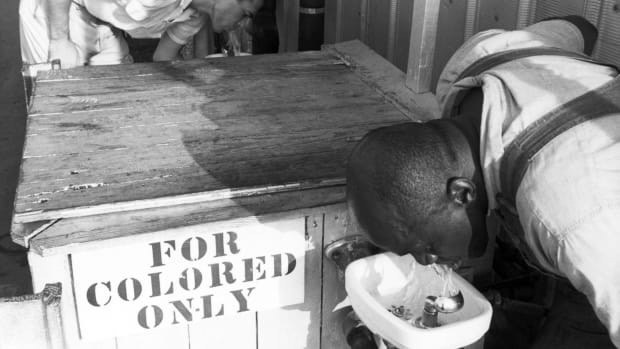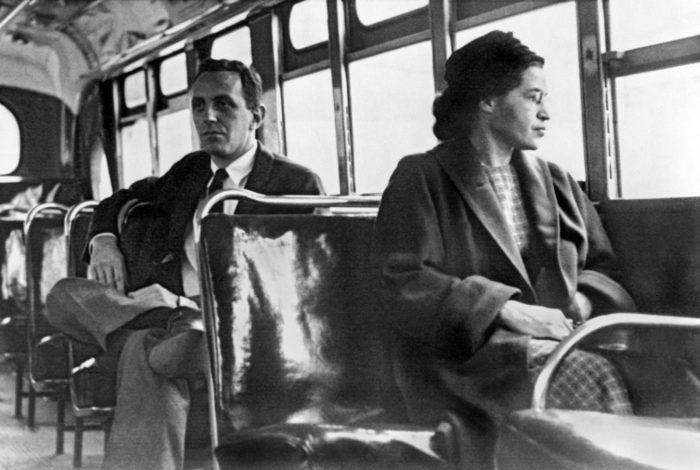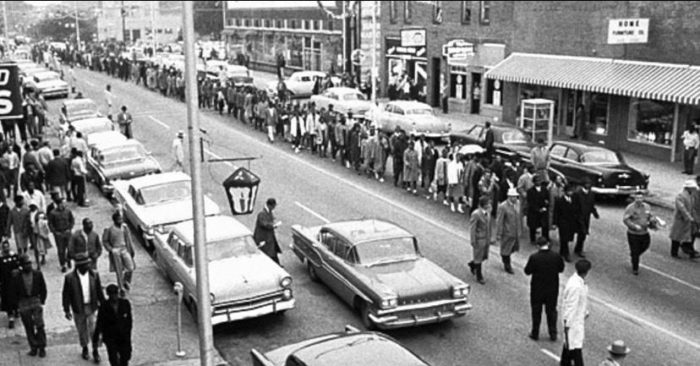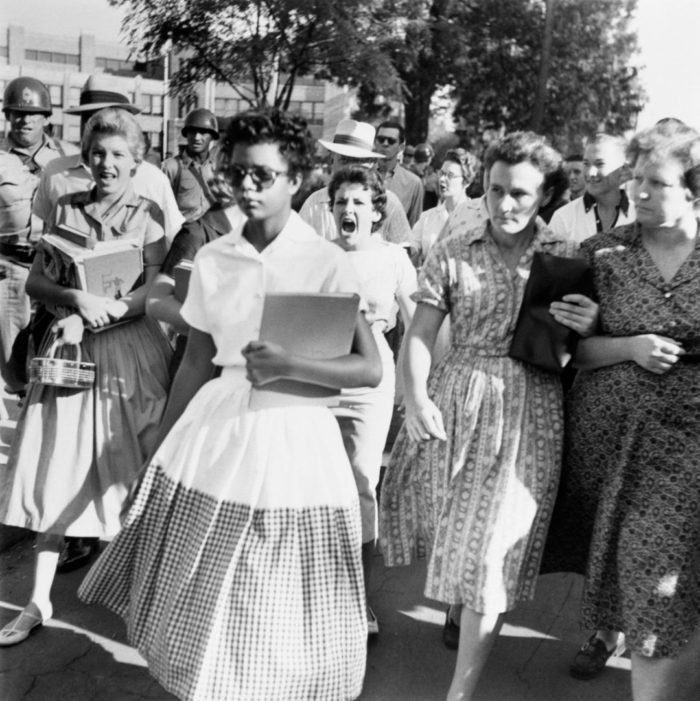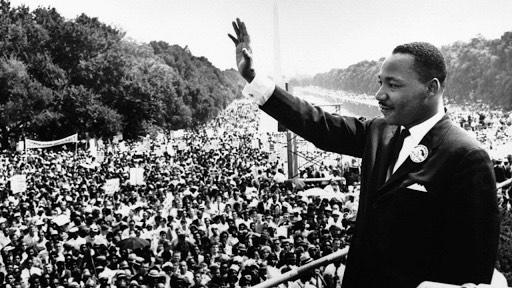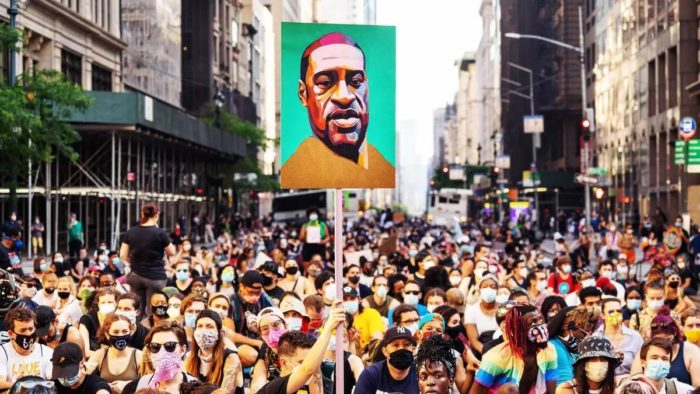By Diana Sanchez
The Jim Crow Laws
After the Union won the Civil War, slavery was abolished and African Americans were set free. Although slavery was abolished, a series of racially motivated laws designed to degrade and segregate African Americans arose to replace it.
The so-called Jim Crow Laws were created in order to further reduce the self esteem of African Americans. Even though slavery was illegal, these Jim Crow Laws made some people continue to view and treat African Americans as inferior to them.
Montgomery Bus Boycott
The Montgomery Bus Boycott was a protest for equal rights, in which African Americans refused to ride city buses in order to protest the segregation of seating by color. The protest went on for more than a year, and is considered the first large-scale U.S. demonstration against segregation. A couple of days before this boycott started, Rosa Parks, an African American woman, was arrested and fined for refusing to give her seat on a bus to a white male.
The Montgomery Bus Boycott happened in Alabama and lasted for 381 days. This historic event as organized by important leaders within the civil rights movement. The boycott started after an African American woman, Rosa Parks, refused to give up her seat to a white male. Local laws stated that African American passengers needed to sit at the back of city busses while white people would sit in the front. Once the white section of the bus became full, the African Americans would need to give their seat up altogether. However, Rosa Parks refused to stand up for a white man, so she was taken to jail and was bailed out by a local civil rights leader.
Rosa Parks wasn’t the first person in Montgomery to refuse to give up her seat to a white bus rider, but local civil rights leaders decided to use her arrest to challenge local segregation laws. On December 5th, a woman named Jo Ann Robinson, the leader of the WPC, also known as the Women’s Political Council helped print and distribute flyers giving details about Parks’s arrest and calling for a one-day boycott.
They believed that the boycott would have a drastic impact since the Montgomery transportation system was heavily reliant on African American riders. On that day, close to 90 percent of African Americans boycotted the bus system, despite the obvious hardship for those without access to private cars. The boycott was such a success that civil rights workers decided to continue the protest, which lasted for more than a year.
The Montgomery Bus Boycott set standards for successful political protests within the civil rights movement. Over the years group marches, boycotts, and sit-ins earned the movement more advancements in gaining social equality for African Americans.
Little Rock Nine
Over the years the civil rights movement gained legal momentum and worldwide attention. In 1954, the U.S. courts made segregation illegal in public schools during the court case Brown v.s Board of Education. Three years later an all-white school in Arkansas, Central High School in Little Rock, had volunteers from an all-Black high school arrive to attend and desegregate their school.
On September 3, 1957, the Little Rock Nine, also known as nine young Black students, went to the school. However, things didn’t go so smoothly. When they arrived they were met by the Arkansas National Guard and a screaming, hate-filled white mob. They tried again weeks later, but it still didn’t work well due to the amount of violence that they had to endure.
March on Washington
The March on Washington occured on August 28, 1963. The event was largely organized by civil rights leaders like Martin Luther King Jr.. People of all races joined together in Washington D.C. for a peaceful march, in order to portray the message of peaceful equally for all. One of the most important things remembered from this event was Martin Luther King Jr.’s “I Have a Dream” speech.
Civil Rights Leaders Assassinated, and the Fair Housing Act
Two important civil rights leaders were assassinated in the 1960’s. One occurred on February 21, 1965, in was Malcolm X. He was a devout black Muslim minister and the founder of the Organization of Afro-American Unity. The second civil rights leader that was assassinated was a Christian minister, the Reverend Dr. Martin Luther King Jr. He was killed on April 4, 1968 on his hotel balcony, while preparing for a peaceful event in Memphis, Tenn.
The death of these civil rights leaders, led to increased national protests and ratification of the Fair Housing Act. This became a law on April 11, 1968, only days after the assassination of Reverend King. This act was put into place in order to prevent discrimination based on sex, race, ethnicity and religion.
Modern Day
Earlier this year, there were mass protests against the needless deaths of George Floyd, Breonna Taylor, Jacob Blake, and other black individuals. Throughout 2020, there has been a lot of advocating for the Black Lives Matter Movement with protests that have happened for days at a time in places all over the world. Since the 1950’s there have been changes in how law enforcement and civilian black people are supposed to treat one another, but these changes have proven to not be enough to prevent repeated tragedies. There have been many troubling encounters between the black community and police over the years, but recently these controversial and often lethal events have gained the media’s attention.
A clear pattern of race-based injustice has caused civil rights advocates to urge state, Federal, and local government officials to help defund and demilitarize police departments in favor of redistributing those taxpayer funds between law enforcement and mental health or socioeconomic support organizations. It is hoped that if police can work effectively with psychologists and social workers to reduce the poverty and emotional distress police are forced to respond to, it might make the justice system in the United States work better and more fairly for everyone.
